Do you know that Listerine made cigarettes to counter bad breath?
That Ponds cream was called “cold” because it was the world’s first moisturizer that did not require refrigeration.
That Shiseido also makes ice cream?
That Vaseline was used for baking?
That Yardley is not only the oldest registered beauty brand in the world but also sponsored the British Racing Motors team in the Formula 1 Grand Prix.
That each of these beauty brands is almost older than time?
Do you know why some products stick around for a few centuries? Because they are already so perfect that nobody felt the need to tinker with their formula. And they continue to sell with competence, efficacy, and well-proven results.
These, then, right here, are the world’s oldest beauty products you can still buy today.
And don’t be fooled by appearances: they may have donned new robes on the outside, but inside are the same classic formulas that have been around for a century or more!
Each of these is a cult formula that everyone should try at least once.
Santa Maria Novella Acqua della Regina, 1533
The world’s oldest continuously existing pharmacy, Officina Profumo-Farmaceutica di Santa Maria Novella, is well into its eighth century.
Yes, eighth century.
Like. 800. Years.
Dominican friars established the Florentine institution in the early 1200s to make medications, balms, and pomades from herbs grown in the monastery’s gardens.
Acqua della Regina, the signature scent created in 1533 for Catherine de Medici’s marriage to the king of France, remains one of their best-selling products. So, chalk it down as the world’s oldest perfume and one that smells super gorgeous and contemporary even 500 years later.
Other ancient notables from Santa Maria Novella that go back centuries include Acqua di Rose (a gorgeous rosewater), Alkermes liqueur, and Elisir di China (post-dinner digestif).
Most of the flowers and herbs for the formulations still come from the monastic garden.
And you can still browse the shelves of the original Santa Maria Novella pharmacy in Florence, one of the world’s most gorgeous beauty boutiques.
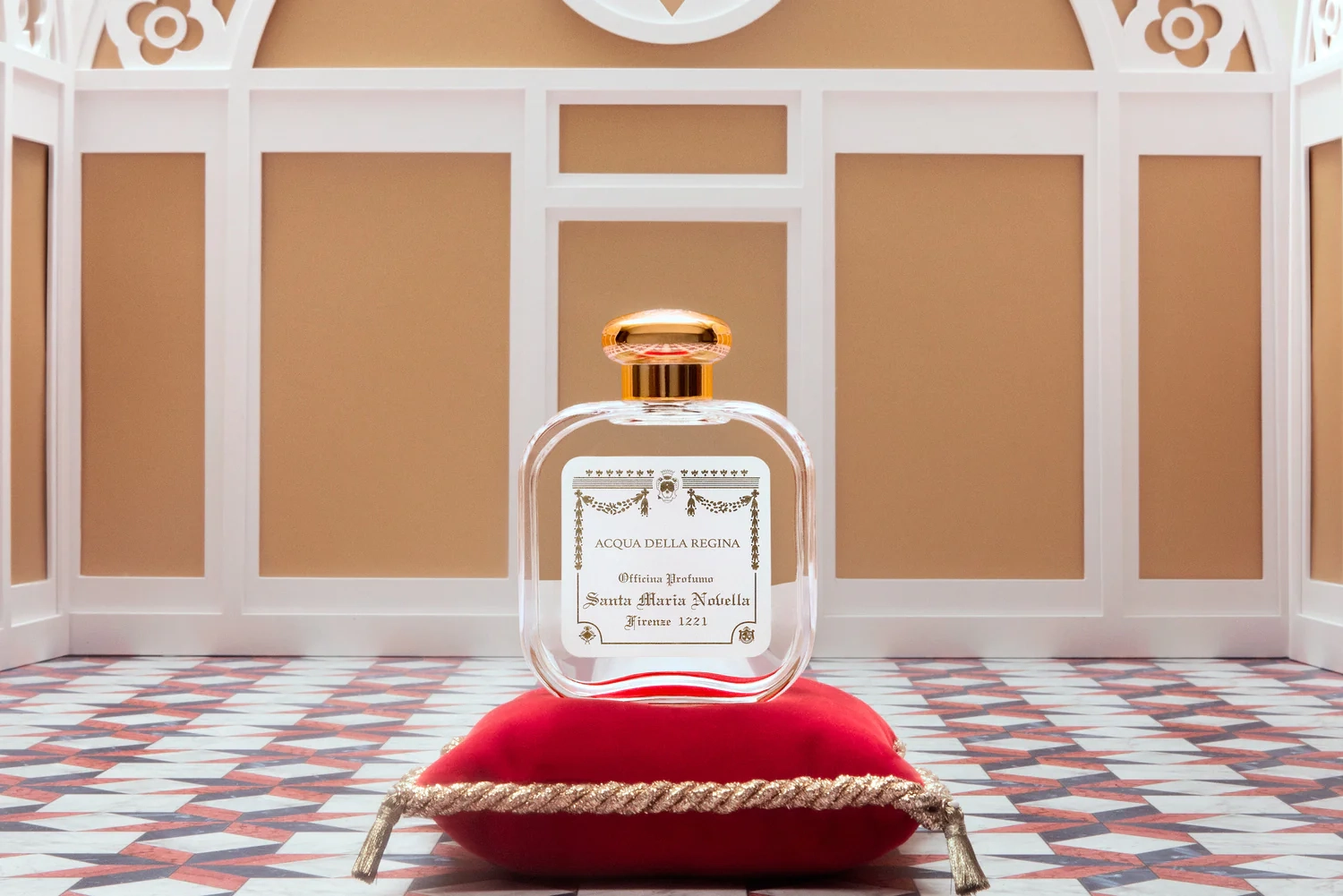
Farina Eau de Cologne, 1709
Farina didn’t just invent a single fragrance; it created an entire category.
The Italian-born and bred Giovanni Maria Farina created the world’s first Eau de Cologne to recapture the sensory soul of his hometown while living in Germany.
Little did he know that his invention would go down in history as one of the world’s oldest beauty products that has already spanned three centuries.
In a letter to his brother, he said: “I have found a fragrance that reminds me of an Italian spring morning, of mountain daffodils and orange blossoms after the rain.”
Farina Eau de Cologne was composed of the essential oils of lemon, bergamot, tangerine, orange, neroli, and grapefruit married with dashes of tobacco, petitgrain, lavender, jasmine, thyme, and rosemary.
It immediately caught the fancy of a populace that was desperately trying to subdue the not-so-pleasant aroma of unwashed bodies and wanted something crisp and fresh rather than the heavy, musky fragrances of the time.
Farina named the composition after Cologne, the city of his residence, and was soon supplying to every royal family across the world.
And it was worth a pretty penny: One vial cost the equivalent of half the year’s wage of a civil servant!
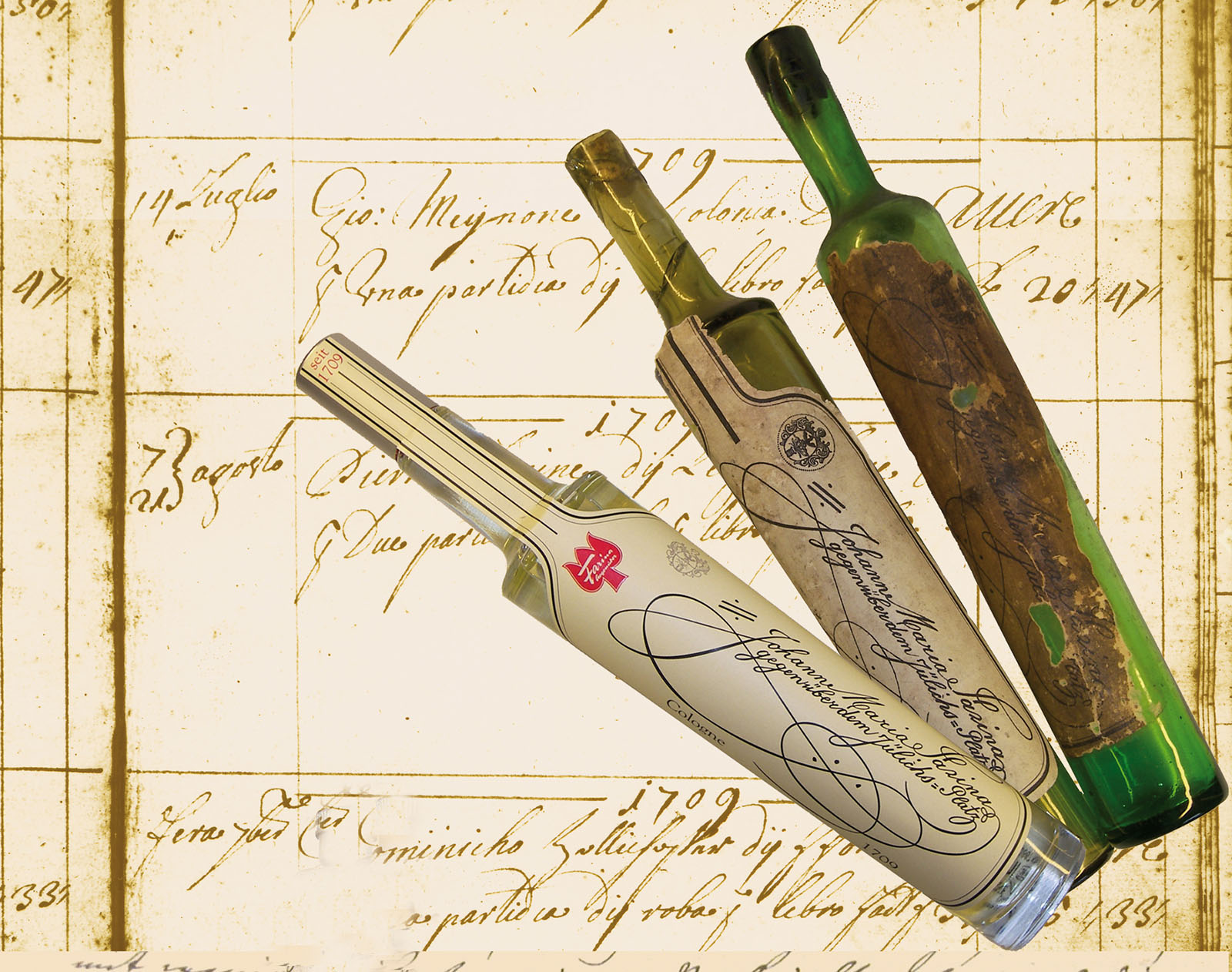
Yardley London Lavender Soap, 1770
Yardley may be innocuous today, but it’s the oldest registered beauty brand in the world.
Although the official record states that the company was founded in 1770, its story actually originated in the 1600s — when King Charles I gave a young man the exclusive right to supply all the soap for the City of London.
The key ingredient in Yardley London’s soaps (the oldest soap in the world in continuous existence till today) has always been lavender, known for its soothing properties. Until today, a unique species of lavender — Lavandula augustifolia — is exclusively grown for Yardley London in the South of England.
No wonder the brand continues to enjoy royal patronage, with Kate Middleton being the latest purveyor.
Bonus fact: In 1971, Yardley sponsored the British Racing Motors team in the Formula 1 Grand Prix. In 1972 the company moved on to McLaren, which it sponsored till 1974.
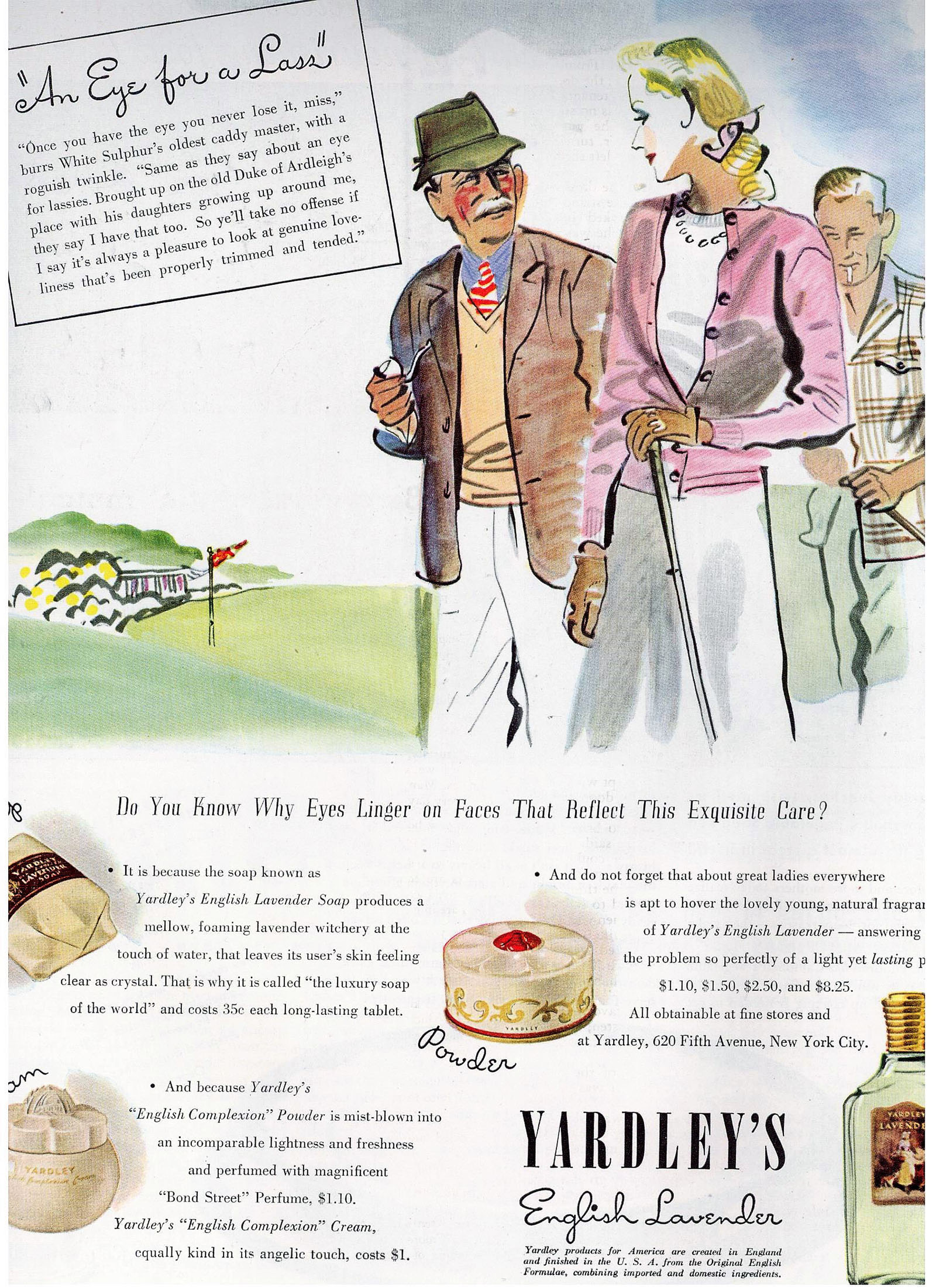
Pears Soap, 1807
While Pears may be behind Yardley in being the world’s oldest soap that you can still buy today, it has its claim to fame as the world’s first transparent soap bar.
Andrew Pears launched Pears at a barber’s studio in SoHo, London, in 1789, originally reserving it for a very exclusive set of peers and nobles.
In 1807 (that’s almost 210 years back, people!) Pears launched a transparent soap bar, initially billed as an ‘English Complexion Soap,’ due to its ultra-gentle formula comprising glycerin and other natural products.
It took three months to make (and still does!) and won the prize for soap at the Great Exhibition in 1851, which displayed the most innovative industrial and cultural products from around the world.
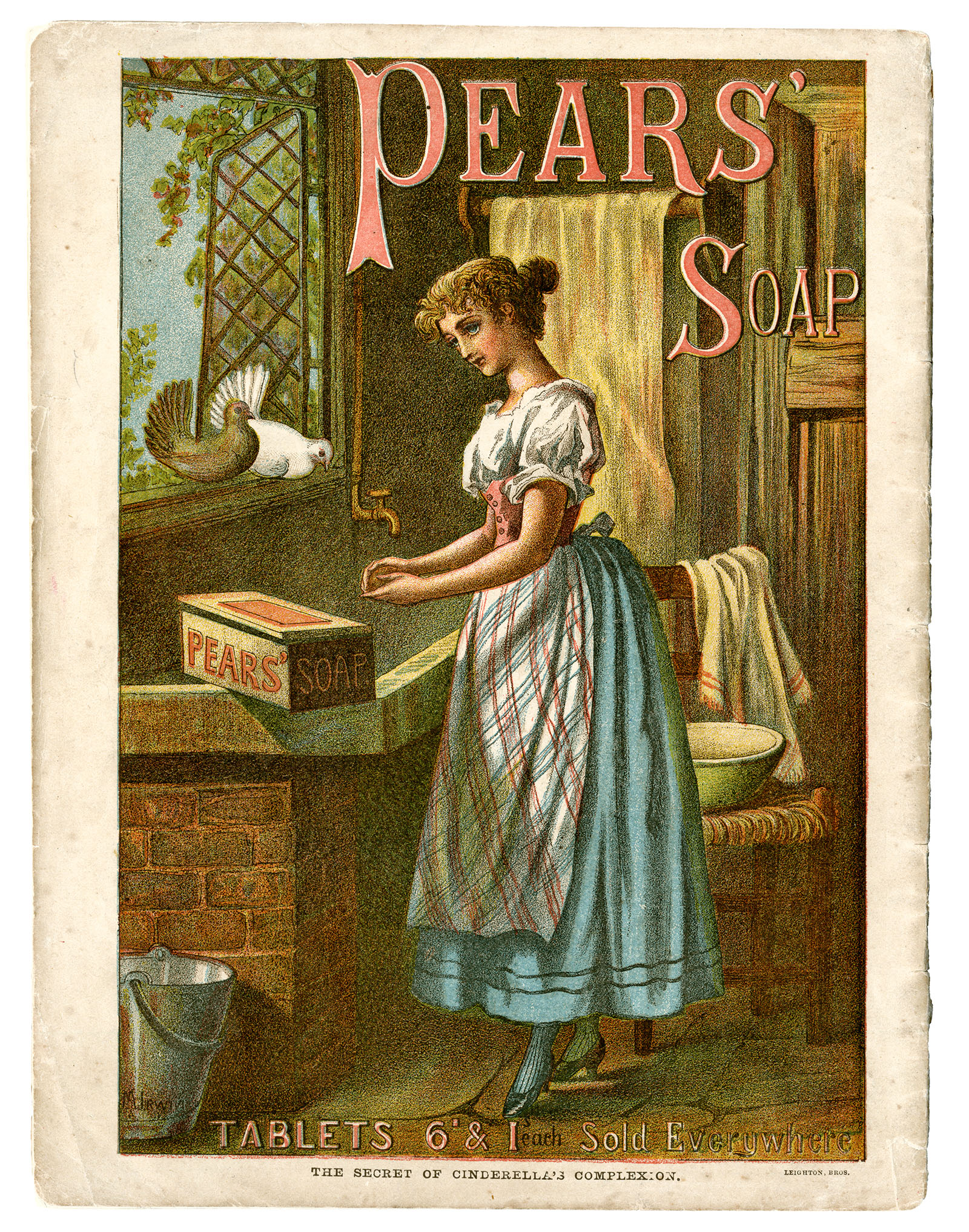
Thayers Original Witch Hazel, 1847
What set Thayers apart from a slew of businesses capitalizing on the myriad benefits of witch hazel was that its extract was made from the non-distilled shrub, thereby maintaining the highest quality of therapeutic tannins.
Till today, more than 150 years later, few facial toners can compete with the skin-boosting properties of Thayer’s Original Witch Hazel, the non-alcoholic astringent. Chalk another one up for the world’s oldest beauty products!
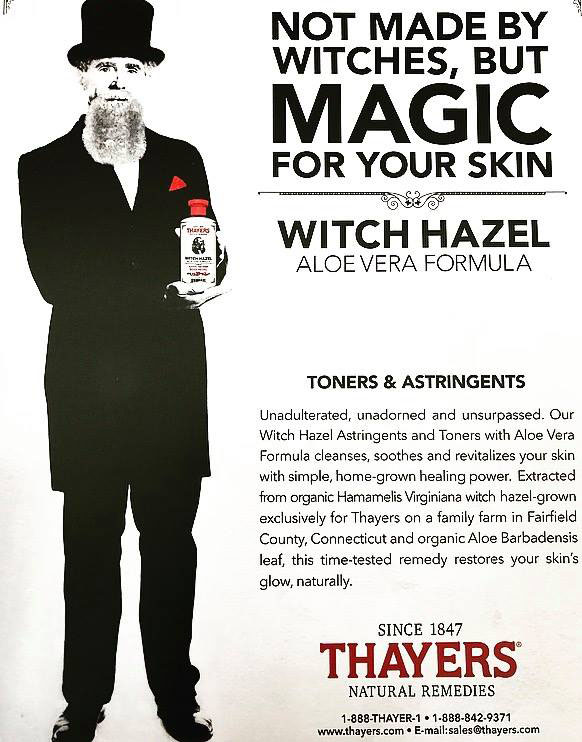
Bourjois Little Round Pot Blush, 1863
Parisian actor Joseph-Albert Ponsin created the world’s first powder blush based on a complex recipe: Combine powder, water, and mother-of-pearl, pour into round molds, and put in the oven to bake.
One hundred fifty years later, the little round pot of Bourjois blusher has gone beyond stage makeup to become one of the brand’s bestselling lines.
And for collectors who can’t resist those original iconic Little Round Pots, Bourjois regularly launches limited edition vintage series.
Penhaligon’s Hammam Bouquet, 1872
Did you know that Penhaligon’s first perfume counts amongst the world’s oldest beauty products, dating back to 1872?
As a brand that has not one but four of its original blends on the shelves more than a century later, it’s no surprise that Penhaligon’s has received a number of royal warrants.
William Henry Penhaligon, a Cornish barber, moved to London and founded the perfumery. He set up shop on Jermyn Street in the late 1860s. His first fragrance was Hammam Bouquet, inspired by the heady aromas of the Turkish bath next door.
Hammam Bouquet remains a customer favorite to date, along with Blenheim Bouquet (crafted in 1902 as a bespoke fragrance for the Duke of Marlborough).
Happily, for history lovers, even William Penhaligon’s bottle design remains essentially unchanged, with the flash of ribbon taking us back down memory lane to the England of Queen Victoria.
And the latest fragrance from this storied fragrance house? Highgrove Bouquet, which was created in close collaboration with King Charles III to mark his coronation. The royal association continues even two centuries later!

Vaseline, 1872
Would you believe that oil wells can be fashionable? In the hands of Robert Chesebrough, that’s a yes.
Cheseborough founded Vaseline when he was prospecting for oil in Titusville, Pennsylvania.
The observation that oil rig workers used “rod wax” — the drill residue — to heal cuts and minor burns caught the chemist’s imagination.
He then spent the better part of a decade refining the rod wax to the clear, white petroleum jelly that became Vaseline — one of the oldest skincare brands in the world. The name came from a combination of the German wasser (water) and Greek oleon (oil).
However, drugstore owners were unimpressed, so Cheseborough took to the road, advertising the wares himself. The modus operandi? He would inflict wounds on his body and spread Vaseline on the affected areas to show its efficacy (don’t try this at home!).
Soon, Vaseline was selling at the rate of a jar a minute, and Queen Victoria knighted Chesebrough in 1883, telling the inventor that she used it every day!
Bonus fact: Cheseborough ate a spoonful of Vaseline every day. Though I don’t recommend this, the inventor lived to be 96 years old.
Another bonus fact: In 1886, Manufacture and Builder reported: “French bakers are making large use of Vaseline in cake and other pastry. Its advantage over lard or butter is that however stale the pastry may be, it will not become rancid.”
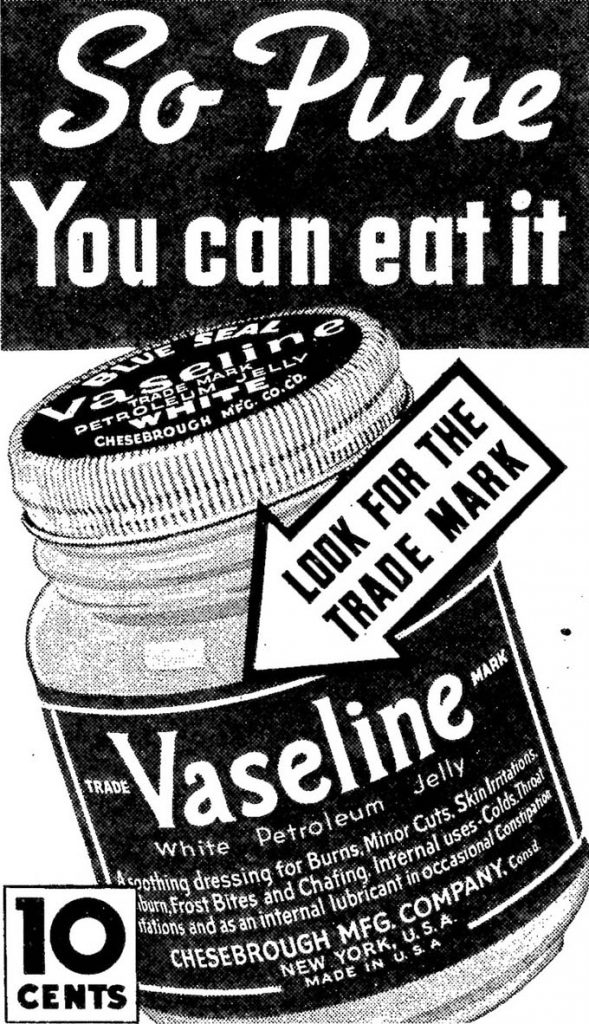
Listerine, 1879
Missouri chemists Jordan Wheat Lambert and Dr. Joseph Lawrence created Listerine as a surgical antiseptic. They named it after Baron Joseph Lister, a pioneer in antiseptic surgery.
Over the years, people have used this combination of menthol, thymol (thyme), eucalyptol (eucalyptus), and methyl salicylate (wintergreen) for a wide range of purposes, from treating gonorrhea and bathing surgical wounds to soothing sore throats, alleviating insect bites, and cleaning floors.
However, Listerine truly hit its stride in 1895, when it caught the attention of dentists. George Lambert, the son of Jordan Lambert, coined the term ‘halitosis,’ Latin for ‘bad breath.’ And Listerine became the first over-the-counter mouthwash sold without a prescription.
At one point, they were even manufacturing Listerine cigarettes containing the same antiseptic oils in the mouthwash!
Today, the 144-year-old liquid is one of the world’s oldest beauty products and the oldest product in the Johnson & Johnson portfolio.
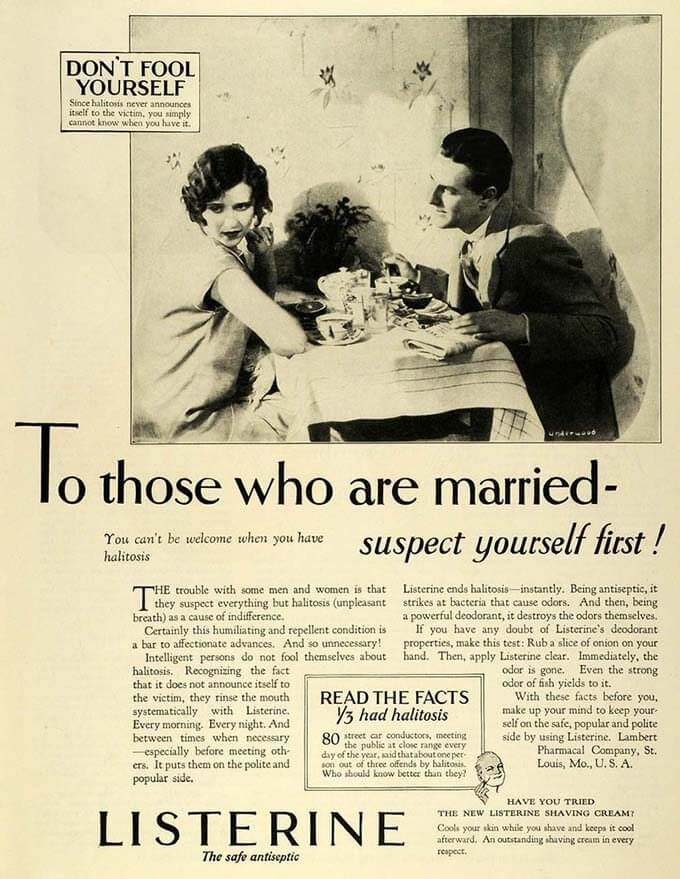
Ivory Soap, 1879
When chemist James Gamble of Procter & Gamble whipped extra air into a batch of Ivory soap bars, he created not only the world’s first floating soap (advantage: it wouldn’t get lost while bathing!) but also one that was 99.44% pure.
Going strong for 138 years now, Ivory soap also has another well-documented use: The soap flakes have been a staple to create “snow” for Christmas trees since the 1920s.
Bonus fact: The name ‘Ivory’ was adopted by Harley Procter after he heard the 45th Psalm at a Bible reading.
WTF fact: Researchers asked children to do a soap taste test in 1994, and Ivory soap tasted the least disgusting. Ummm!!??
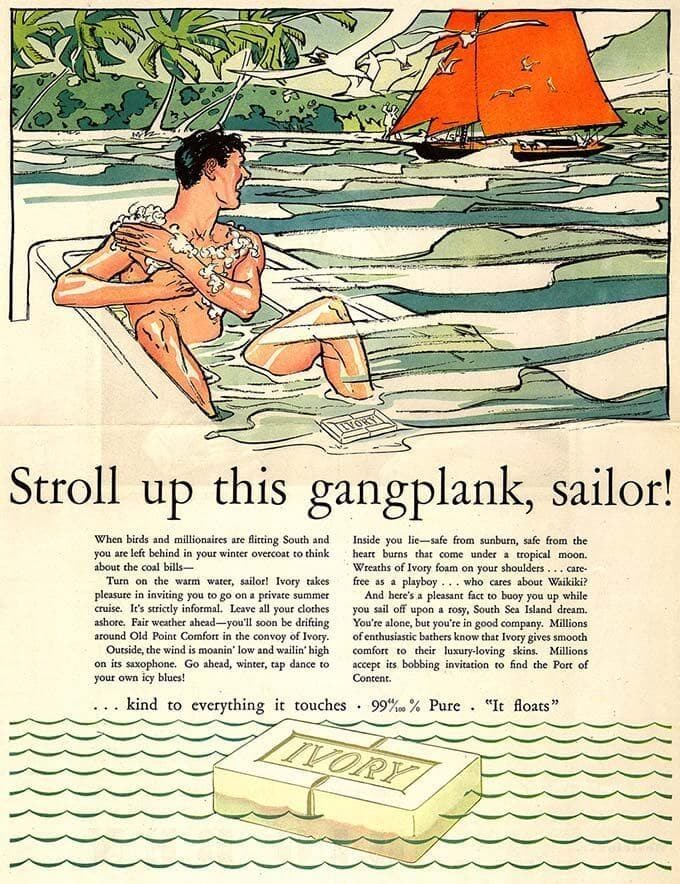
Smith’s Rosebud Salve, 1892
Invented by Dr. GF Smith as an all-purpose salve to help with issues such as chapped lips, razor burn, hemorrhoids, and diaper rash, Smith’s Rosebud Salve is still one of the most multipurpose products out there.
I use it for everything from dry skin to makeup (every makeup artist backstage will tell you it makes for the best highlighter!).
And while the salve now comes in more efficient tubes, I can still hoard the cool, vintage, pharmacy-type tins.
Shiseido Eudermine, 1897
Established in 1872 by Arinobu Fukuhar in Ginza, Tokyo, Shiseido was not only Japan’s first “western style” pharmacy, but it was also the one that launched ice cream in the country. The Shiseido Ice Cream Parlour branched off in 1928 and is still in business today.
The brand’s first beauty product — a softening lotion called Eudermine — was launched in 1897. Even 126 years later, you can still find this lotion in its original packaging style on the Shiseido counters.

Pond’s Cold Cream, 1907
Did you know that the ubiquitous Pond’s Cold Cream is one of the world’s oldest beauty products?
It goes back to 1907, but as if that’s not old enough, its origins date back even further — to 1846, when pharmacist Theron T. Pond extracted a healing tea from witch hazel that was perfect for healing small cuts, rashes, minor burns, and other skin ailments.
This ‘Pond’s Extract’ became the origin for what we, our mothers, grandmothers, and great-grandmothers, came to know as Pond’s Cold Cream, used for everything from moisturizing to removing makeup.
Why “cold”? Because this was the world’s first moisturizer that did not require refrigeration.
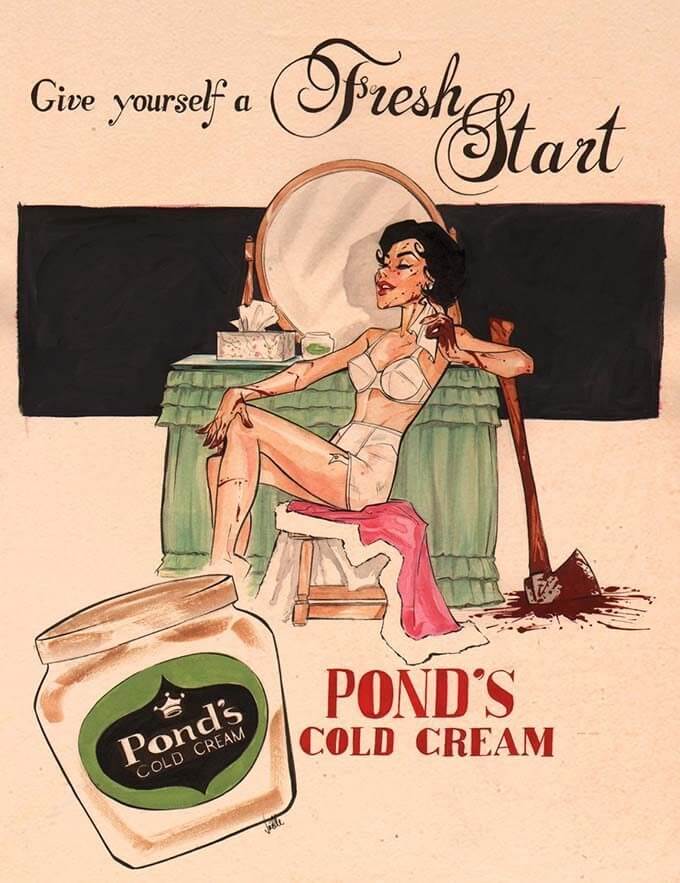
Labello Lip Salve, 1909
The precursor to Nivea Lip Care, Labello introduced the slider mechanism to the world of lip balms in 1911. Until then, manufacturers sold lip care products as a wedge wrapped in paper, which users had to apply by hand.
Later in 1963, the brand evolved this into today’s twist mechanism.
Labello Lip Balms remain popular even today, claiming their place in history as one of the world’s oldest beauty products. German Beiserdorf owns the brand; its name combines labium (lips) and bellus (beautiful).
Nivea Crème, 1911
It all started with a butter churner.
The butter churner that German pharmacist Dr. Oscar Troplowitz and dermatologist Prof. Paul Gerson Unna used to combine water and oil with Eucerit (ancient Greek word for ‘beautiful wax’), a new emulsifying agent, to create the world’s first stable water-in-oil skin emulsion.
Water-in-oil emulsions are the best way to tackle dry complexions as they moisturize while strengthening the skin barrier.
The word ‘Nivea’ was derived from the Latin nix, nivis, which means ‘snow-white,’ as an ode to the cream’s pure white color.
And that little blue Nivea Crème aluminum pot, which entered in 1925 (before that, Nivea came in a yellow pot), has its own ticket to history: Its distinctive blue is one of the rare color marks protected worldwide.
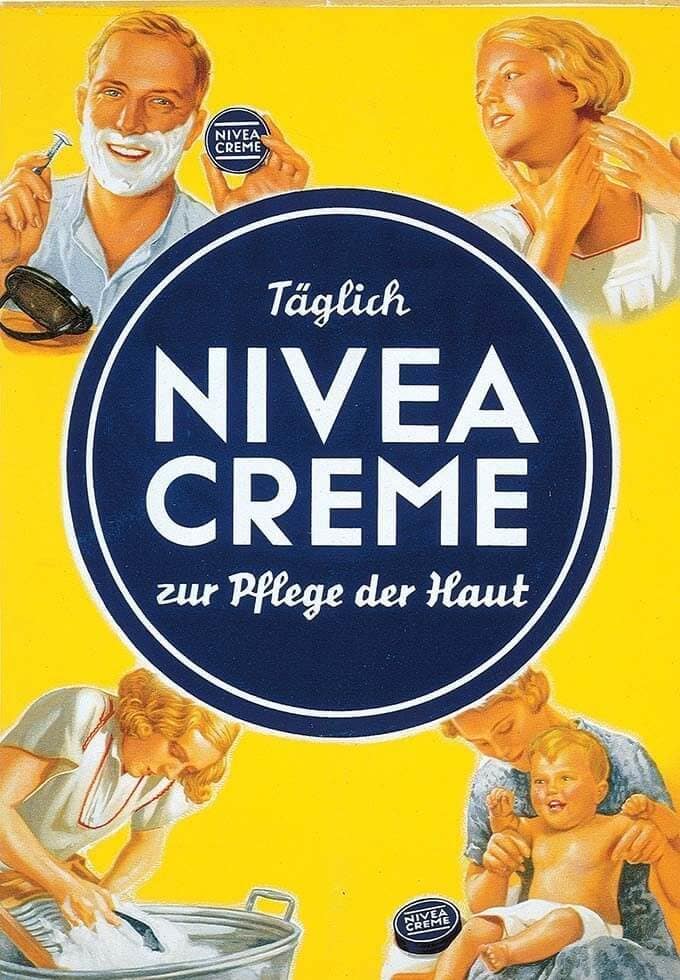
Noxzema, 1914
The legendary cobalt blue jar, a staple of every family home since the last century, was launched in the same year Archduke Franz Ferdinand was assassinated, leading to the beginning of the First World War.
Dr. Francis J Townsend invented a greaseless cold cream in Ocean City, Maryland, that soothed the skin and provided mild pain relief. He originally named this product Townsend R22 and prescribed it to resort-goers to soothe their sunburns.
Soon, people started using it for everything from soothing chapped and irritated skin to removing makeup and deep cleansing, preventing wrinkles, and treating acne.
Noxzema has attracted a devoted fan base across generations. A well-known remark from a satisfied customer, who said, “It knocked my eczema,” inspired its name, Noxzema, suggesting “no eczema.” Many women also started using it as an overnight treatment, making it the first sleeping mask.
Today it stands strong as one of the world’s oldest beauty products, with dermatologists prescribing it as one of the first lines of defense against eczema.
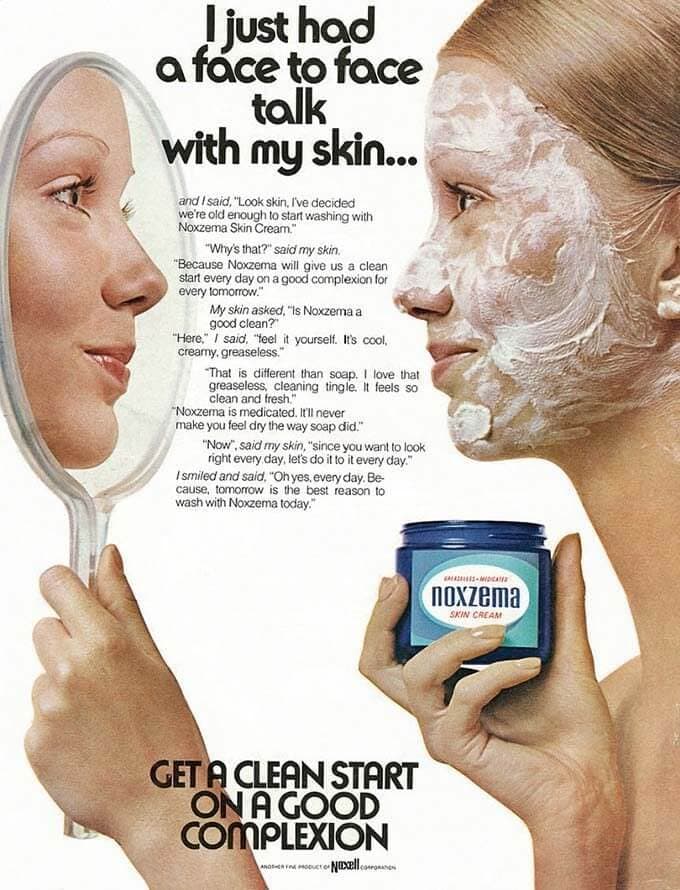
Acqua di Parma Colonia, 1916
When Italian aristocrat Carlo Magnani commissioned a crisp, fresh, and citrusy fragrance from a small perfumery in Parma, little did he know that his legacy would last more than a century.
Today, Acqua di Parma Colonia remains unchanged from the original 100-year-old composition. It continues to be crafted by hand in small Italian factories, with its signature yellow packaging paying tribute to the color that has adorned the facades of Parma’s most elegant buildings since the 18th century.
Bonus fact: That logo? It’s the coat of arms of Marie Louise, Duchess of Parma (1816-1847), who helped develop Parma’s perfume and glass industry.
Am I missing out on anything here? Do you know of any of the world’s oldest beauty products we can still buy today? I would love to know.
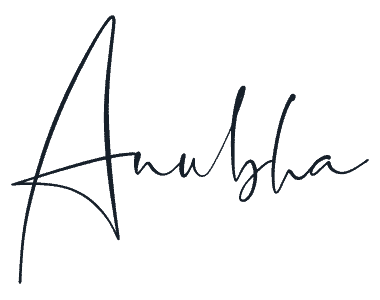
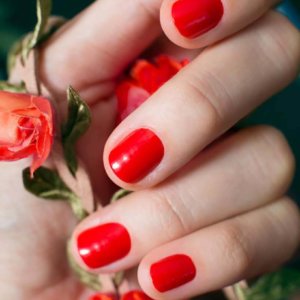
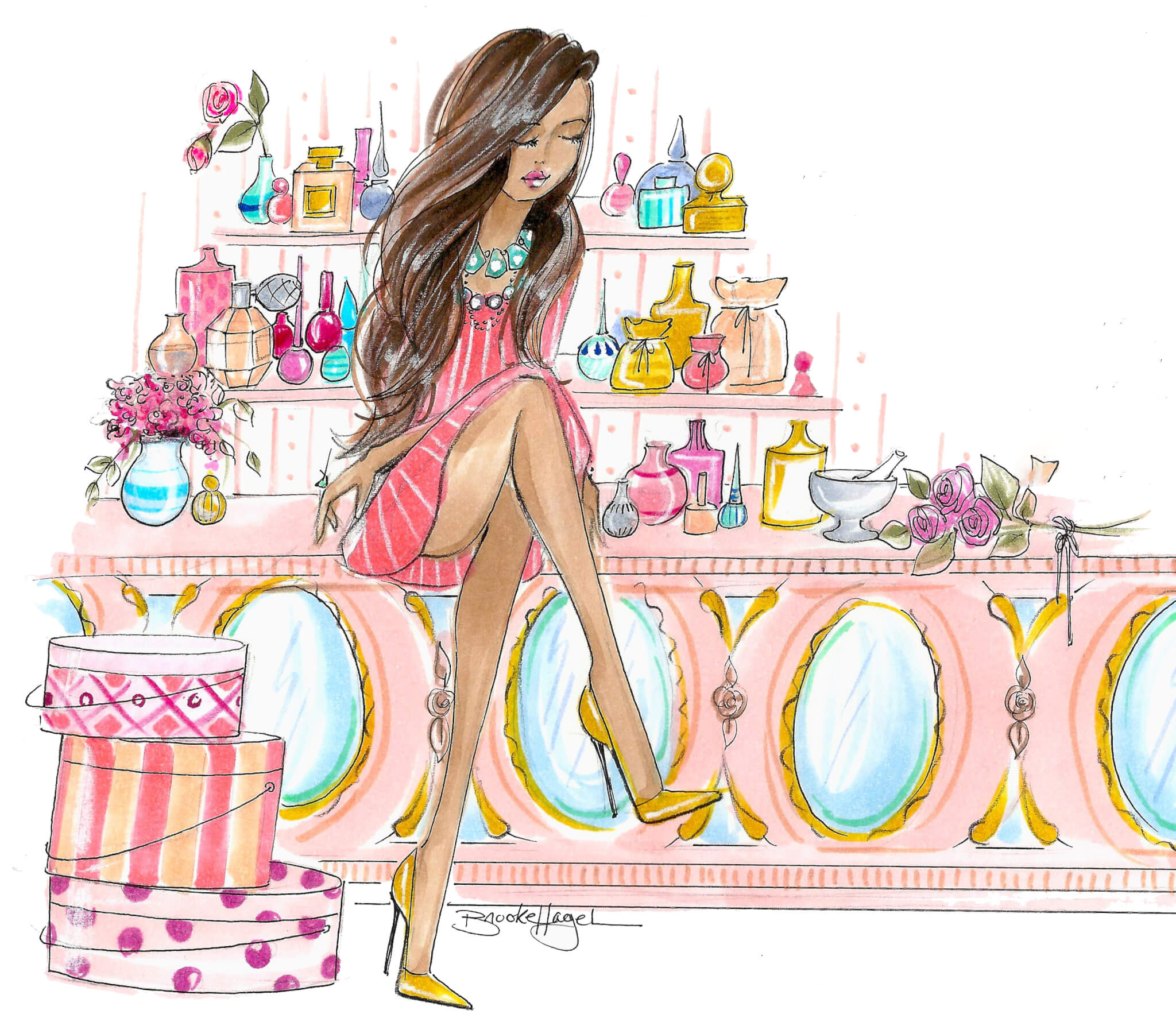
riitu says
insightful and detailed piece ! would have loved to see some desi brands ? dabur ? jabakusum perhaps ? cheers.
Shirish says
Wonderful Information! I am a regular user of Nivea and Vaseline. Thanks for info.
Chellie Bell says
Where do you put the Vaseline? Feet elbows
Koala Htet says
Well, you can put it anywhere so that’s the strong point. Even cracking lips can be healed by it, not to mention some people put it on intimate places, so I hear.
Pam says
What a fabulous post; very informative and well written. My favorite was the photograph of the Ponds Cold Cream Advertisement. She appears to be planning a fresh start for some sort of crime spree.
Thank you for sharing the images as well as your writing.
I think old advertisements give us a fresh understanding of what life was like for our grandparents and what the ideal of their time was.
Karen says
Marie Antoinette’s Black Jade Perfume.
This was a very informative article. Thank you. I have been looking for other staple brands since I found out that Pond’s changed its formula.
Chellie Bell says
Wasn’t the name my mom put on her legs I recall
monkey mart says
Marie Antoinette’s Black Jade Perfume.
This was an excellently educational piece of writing. Thank you. After learning that Pond’s has altered its formulation, I have been on the lookout for alternative brands that I can rely on as a mainstay.
Helen Morrison says
Frownies Facial Patches! Invented in 1889